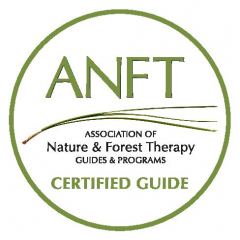"The Forest is the Therapist, the Guide opens the Doors" ~Clifford Amos, ANFT Founder and Director
Frequently Asked Questions
- All
- Nature therapy
- forest therapy
- forest bathing
- benefits
- bring what
- Cancellation policy
- pets
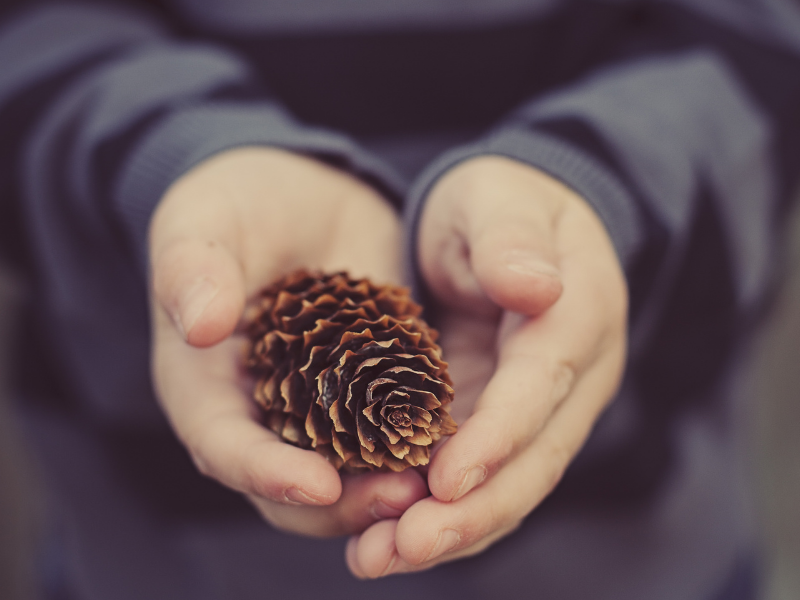
What is Nature & Forest Therapy?
Nature and forest therapy is inspired by the Japanese practice of shinrin-yoku or forest bathing, which refers to bathing in the atmosphere of the forest or taking in the forest through your senses. This is a research-based practice that supports health and wellness. Nature and forest therapy involves being immersed in the natural world with the intention to awaken our senses and slow our pace This practice can help us get back in tune with the rhythms of nature and leave us feeling relaxed, calm, and more connected to the natural world.
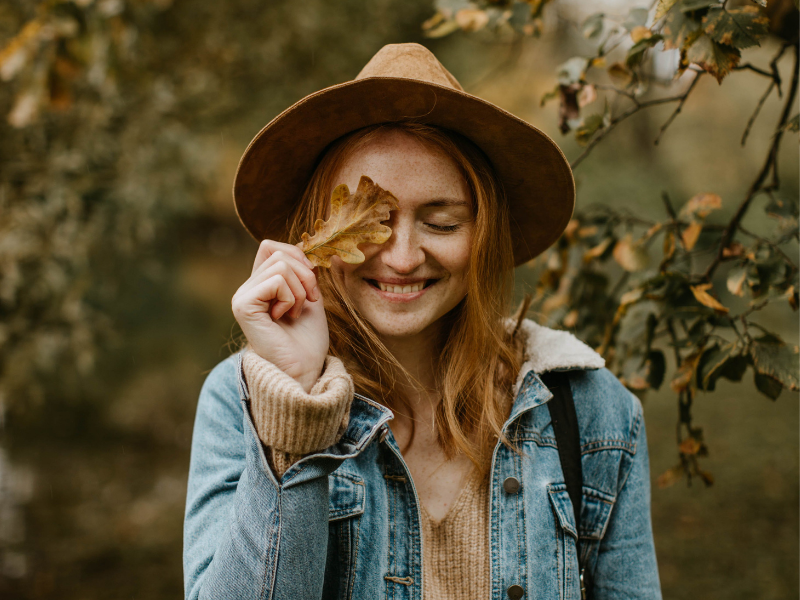
What are some of the benefits?
Much research has been done on the restorative benefits of Forest Therapy and time spent in nature. Hundreds of clinical and non-clinical studies have been done over the past four decades and show numerous positive effects. Some of the benefits include reductions in stress, anxiety, depression, mental fatigue, anger, and pain. Other Improvements noted include better cognitive functioning, sleep, mood, confidence, and creativity. Time spent in nature can also boosts our immune systems, regulate blood pressure, increases feelings of peace and gratitude and so much more.
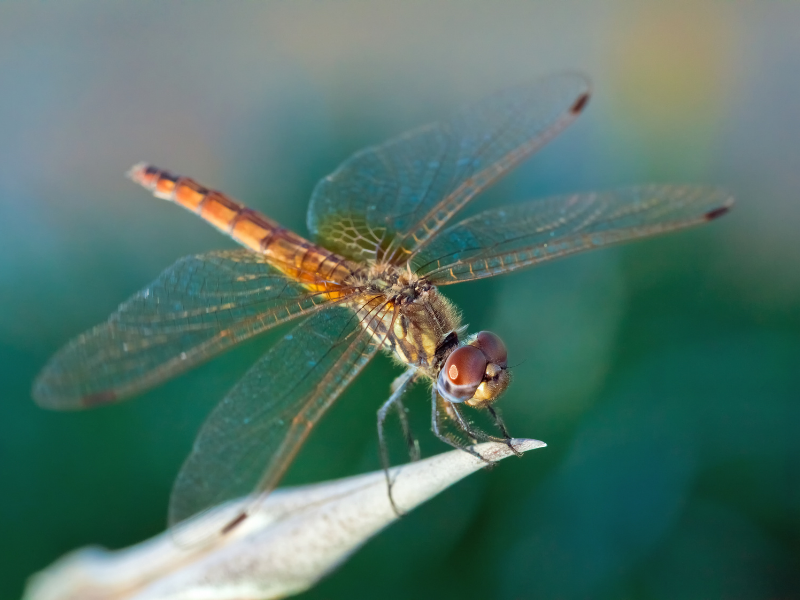
What can I expect?
Nature and Forest Therapy sessions involve a slow, guided walk with the land. It is not strenuous exercise, hiking or a naturalist style walk. Rather, it is a practice which involves slowing down and being present to one’s surroundings. Walks are typically 2 - 3 hours in length and cover only a short distance.
As your guide, I will be offering you various invitations to naturally slow your pace and connect to your surroundings with your senses. There will also be opportunities to gather and share what we are all experiencing at various times throughout the walks (the sharing is always optional). During these walks participants often experience a connection with the natural world that is much deeper than other experiences they have previously had in nature.
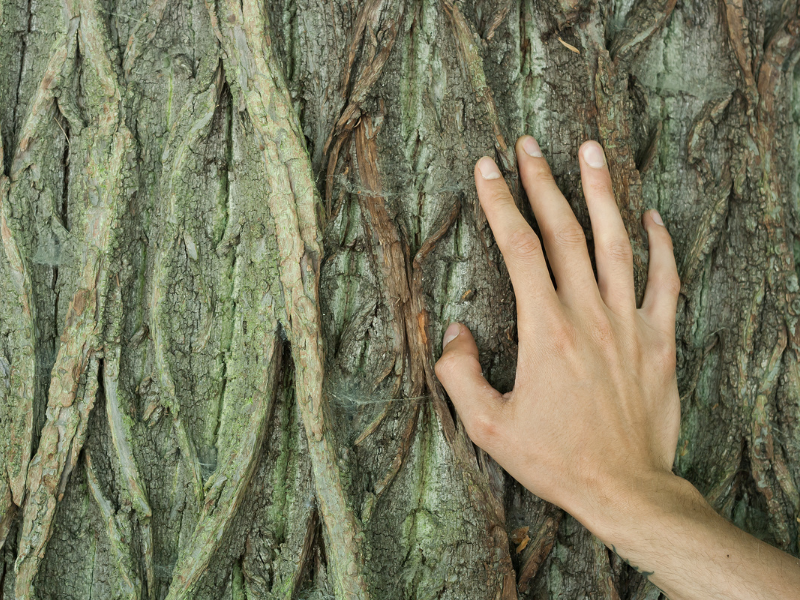
Why do I need a guide?
Guides facilitate safe, gentle walks, which allow participants to fully relax and settle into the practice. Guides are trained to facilitate a deep connection with nature and hold a safe space to disconnect from our busy lives. As well, a guide can help slow your pace, we often are inclined to move to quickly through the natural world and our mind can be distracted. It’s often much easier to stay focused on the practice when a guide supports you, much like having an instructor for a yoga class.
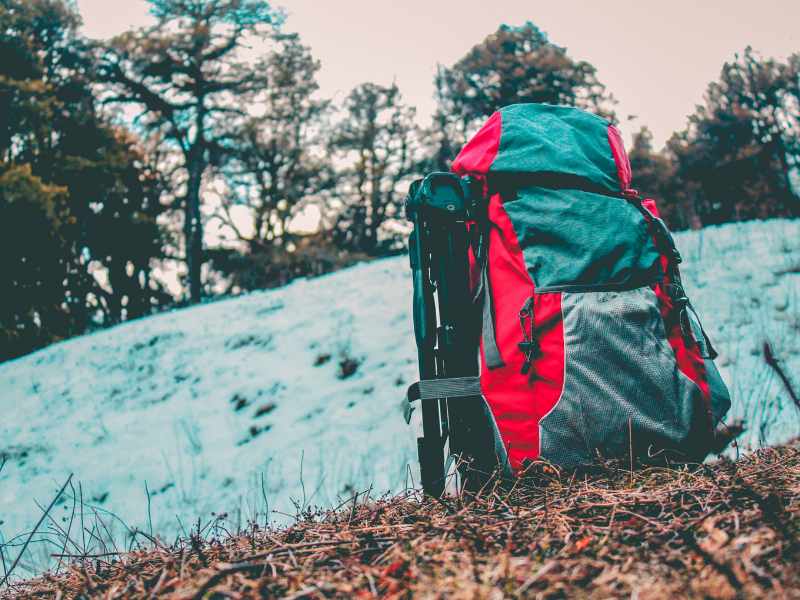
What do I bring?
It’s recommended that you bring a bag or backpack with the following items:
-
A water bottle and snacks.
-
A sweater or jacket (preferably a waterproof jacket in case of rain).
-
Sunscreen, insect repellent, a sun hat, sunglasses, and any other items you might need for your wellness and comfort.
-
A travel mug with tea to drink during our nature teatime at the end of the walk.
-
Something small to sit on like a jacket or small camping pillow (there will be an option to sit on the ground at various times during the walk).
We may be on some uneven terrain and the walk will last approximately 2.5 hours so it’s best to dress in comfortable clothes (preferably in layers) and wear comfortable shoes (hiking boots or runners are best).

What is the Cancellation policy?
Please arrive 10 - 15 minutes before the scheduled walk time so that you are not left behind. Refunds will not be given to those who miss a walk due to arriving late.
Generally, we will go rain or shine. If a walk must be cancelled due to extremely uncooperative or unsafe weather conditions or personal illness, a full refund will be given.
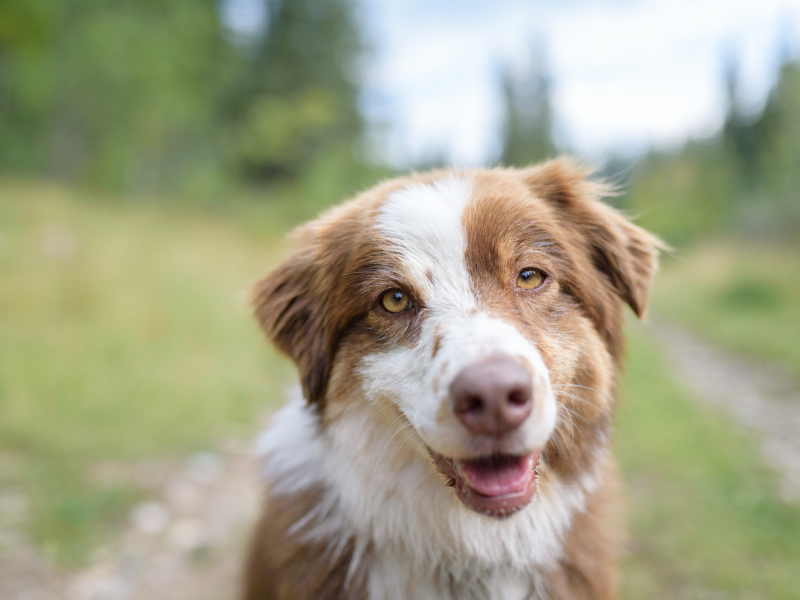
Can I bring my dog?
Unfortunately, for a variety of reasons - including the distraction that they can create as well as allergies and traumas or fears that people may have - that are associated with dogs they are not permitted on the walks.
